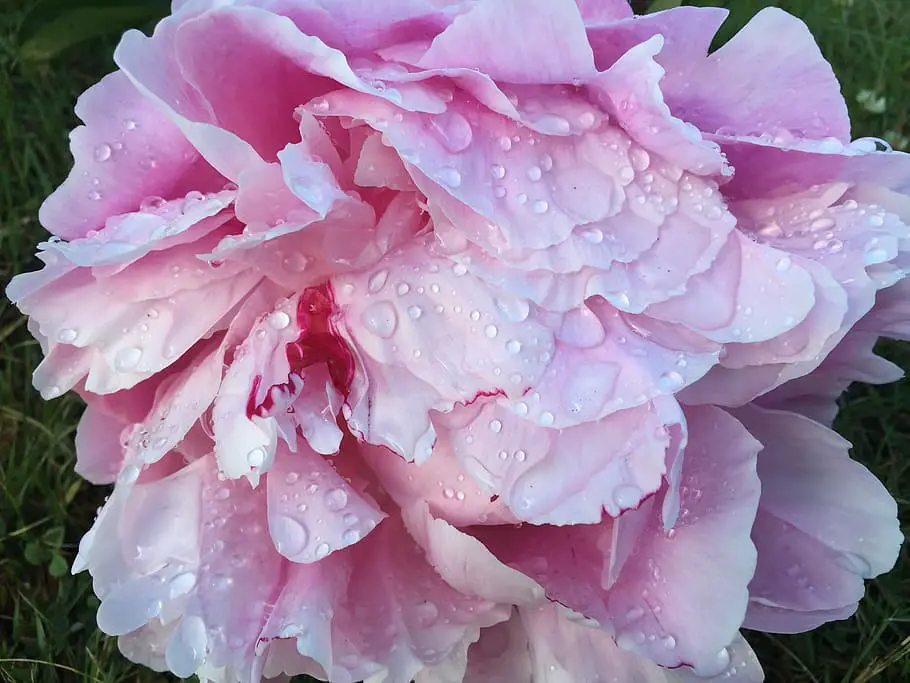In my house, there are ceiling fans running throughout the house just about all year long.
If one were to burn out, there is no doubt that we be shopping for one very quickly and probably have it up by at least the upcoming weekend.
And you might think since we rely on ceiling fans so heavily to keep the air in our house moving, that we would be ceiling fan experts.
Unfortunately that’s not the case. Whenever there’s a issue with a ceiling fan, Were running to the internet like everyone else.
Shopping for a new ceiling fan is not exactly intuitive especially when I’m looking at the ceiling at the vast selection no ceiling fans at Lowe’s.
And trying to figure out why a ceiling fan is making a racket is not exactly in my wheelhouse of skill sets.
So what I’ve compiled here is a few of the things that I’ve learned about ceiling fans that might be able to help you sort through some issues when you’re trying to deal with your own ceiling fan.
Or buying a new one.
What is the Purpose of a Ceiling Fan?
The purpose of a ceiling fan is to move the air in the room. Ceiling fans add a cooling effect to your body in the same way that an outdoor breeze helps cool you off while you were outside.
Ceiling fans do nothing to change the temperature though, they are simply blowing the air lightly or heavily depending on how you set it.
And just like the analogy of an outdoor breeze, if the temperature is warmer, you get a warmer breeze and if the temperatures cooler you get a cooler breeze. And if it’s a calm day, you get a slight breeze, and if it’s too windy day, you may get breezed over.
That is why a ceiling fan can work particularly well in conjunction with an air conditioner. With the AC running, the ceiling fan will blow a cooler breeze across your body and help you to cool off faster.
Is it Cheaper to Run a Fan or AC?
It cost much less to run a ceiling fan than it does in air conditioner so when the weather is warm and it doesn’t exactly make sense to run the air conditioner, the ceiling fan can move the air in the room and help add a slight breeze.
Is it Expensive to Run a Ceiling Fan?
A large ceiling fan uses about 70 to 90 Watts of energy. If you were to run it 24 hours , the cost would be around $1.90.
If you ran the central heat and air for 24 hours, a 3500 watt unit would cost you about $15 a day.
A pretty substantial difference.
So putting the right ceiling fans in your rooms makes a lot of sense economically and can help your AC do a more efficient job of cooling your home.
But…
Getting the right ceiling fan can be tricky when you have to wade through so many choices and styles,
Getting down to the nuts and bolts of what you need in a ceiling fan versus style can be a little intimidating especially if you’re shopping for a fan with your “live in” home decor expert.
What Type of Ceiling Fan Moves the Most Air?
Scientifically, a larger ceiling fan is going to move more air.
Longer blade length means more air that is being pushed down as the ceiling fan turns.
Airflow is measured in CFM (cubic feet per minute). You’ll find with a little shopping that a larger fan will have a larger CFM. It’s just that simple.
And economically speaking, it’s going to take less energy to to move the air when the span of the blades is longer.
Think about it this way. If you want more air flow out of a ceiling fan, you either get to turn the speed up or get a larger fan that moves more air at a lower speed.
It’s going to cost less for a larger fan at a low speed then a smaller ceiling fan cranked up on high.
Essentially a larger fan on a slow speed will move about the same air as a smaller ceiling fan on a high speed.
So from a practical viewpoint, choosing a larger fan with longer blades that you are intending to run on low, is a better choice when you’re looking for a new ceiling fan.
Some of the other benefits to choosing a larger fan are:
1.If you decide to change the blades,
Changing the blade fan size to a smaller blade is an option because the motor can easily handle less weight.
Where is a smaller fan usually does not have a large enough motor capacity to to be able to carry the additional load without adding strain that will eventually burn it out quicker.
2. A larger ceiling fan gives you the option of being able to crank up the air flow whereas a smaller ceiling fan is already running at a high speed to get the air flow it has.
 How Many Blades on a Ceiling Fan Make the Best Air Flow?
How Many Blades on a Ceiling Fan Make the Best Air Flow?
Three blade ceiling fans create less drag which translates into more flow of air but they are generally much louder and meant to be used in rooms with taller ceiling heights.
Most homes in the western hemisphere have shorter ceiling heights which brings the ceiling fan closer to the people in the room.
Which means the noise level of the ceiling fan has to be manageable and in order to get a ceiling fan to be quieter, it has to have more blades.
Five blades is the standard for ceiling fans because of the give and take between air flow and noise levels.
Also home ceiling fans are almost always equipped with lighting fixtures and by necessity need to be closer to the people in the room to provide enough light.
Three blade fans are meant to be placed higher up and don’t usually come with a light fixture.
Can a Ceiling Fan be too Large for a Room?
A ceiling fan can be too large for a room when there is not enough clearance between the blades and anything else that is hanging on the wall or hanging from the ceiling.
The general rule of thumb is that you do not want to ceiling fan within a foot of anything that it could possibly come in contact with.
The other issue is that a big ceiling fan just may not fit the style of a room or just be too bulky.
Sure you could get a huge ceiling fan and run it on low in a small room and get better airflow then you would a small ceiling fan but there is still things like aesthetics to consider.
Picking a ceiling fan with the largest cfm that meets the criteria of style also, is the way to get the best airflow and the biggest bang for your money.
Q&A
Are ceiling fan arms universal?
Ceiling fan arms are not universal. The best way to ensure that you are getting the proper replacement arm for your ceiling fan is to check the model number of your fan with the listing of which ceiling fans a package of replacement arms will accommodate.
Otherwise take the broken part with you to the hardware store and compare the hose to make sure that they will interchange.
Are ceiling fan down rods universal?
Ceiling fan down rods are generally not universal. Though many manufacturers use the same type of down rods, that is not always the case and it is suggested to check with the manufacturer to ensure that you are purchasing the right replacement.
Are ceiling fan blades interchangeable?
Ceiling fan blades are interchangeable for the most part. Most hardware stores carry a generic selection of ceiling fan blades that can be swapped out easily.
Some ceiling fan blades will have a specific screw hole layout that you will not be able to find a generic replacement for. In that case you’ll have to go through the manufacturer.
What is a ceiling fan rated outlet box?
A ceiling fan rated outlet box is a electrical box that is designed to support the weight of a ceiling fan. A ceiling fan electrical box must be screwed securely to a stud inside of your framework. A large ceiling fan can weigh as much as 50 lb. Ensuring that it is fastened to the ceiling is vital.
What is the average weight of a ceiling fan?
The average weight of a ceiling fan is 20 to 50 lbs. The most a ceiling fan box can hold is 50 lb without it being marked otherwise. A medium sized ceiling fan with a lighting fixture and five blades weighs an average of 25 lb.
Our ceiling fan blades reversible?
Ceiling fan blades are generally reversible and painted a different color on the back side of the blade so that you can easily change the look of the ceiling fan by flipping the ceiling fan blades.
What is the button on a ceiling fan for?
The button on the ceiling fan is there to change the direction of the motor. The up or right position of the button will typically cause your ceiling fan to spin clockwise.
Which way should a ceiling fan turn in the summer?
Counterclockwise is the direction of a ceiling fan that pushes the air down and causes a cool breeze that can give you relief during the summer months.
What is the lowest ceiling height for a ceiling fan?
The lowest ceiling height that you can use a ceiling fan in is 8 ft.

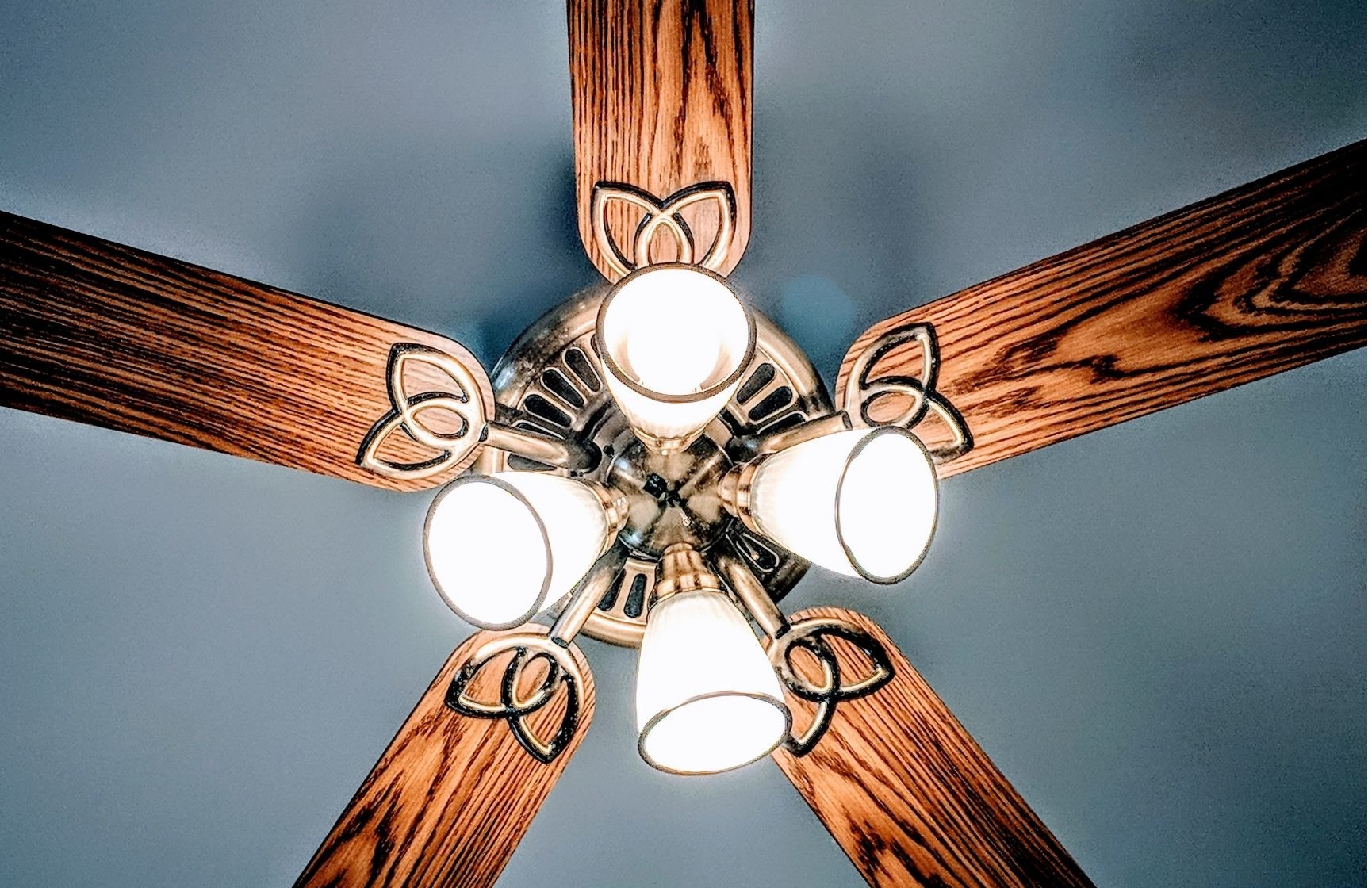
 How Many Blades on a Ceiling Fan Make the Best Air Flow?
How Many Blades on a Ceiling Fan Make the Best Air Flow?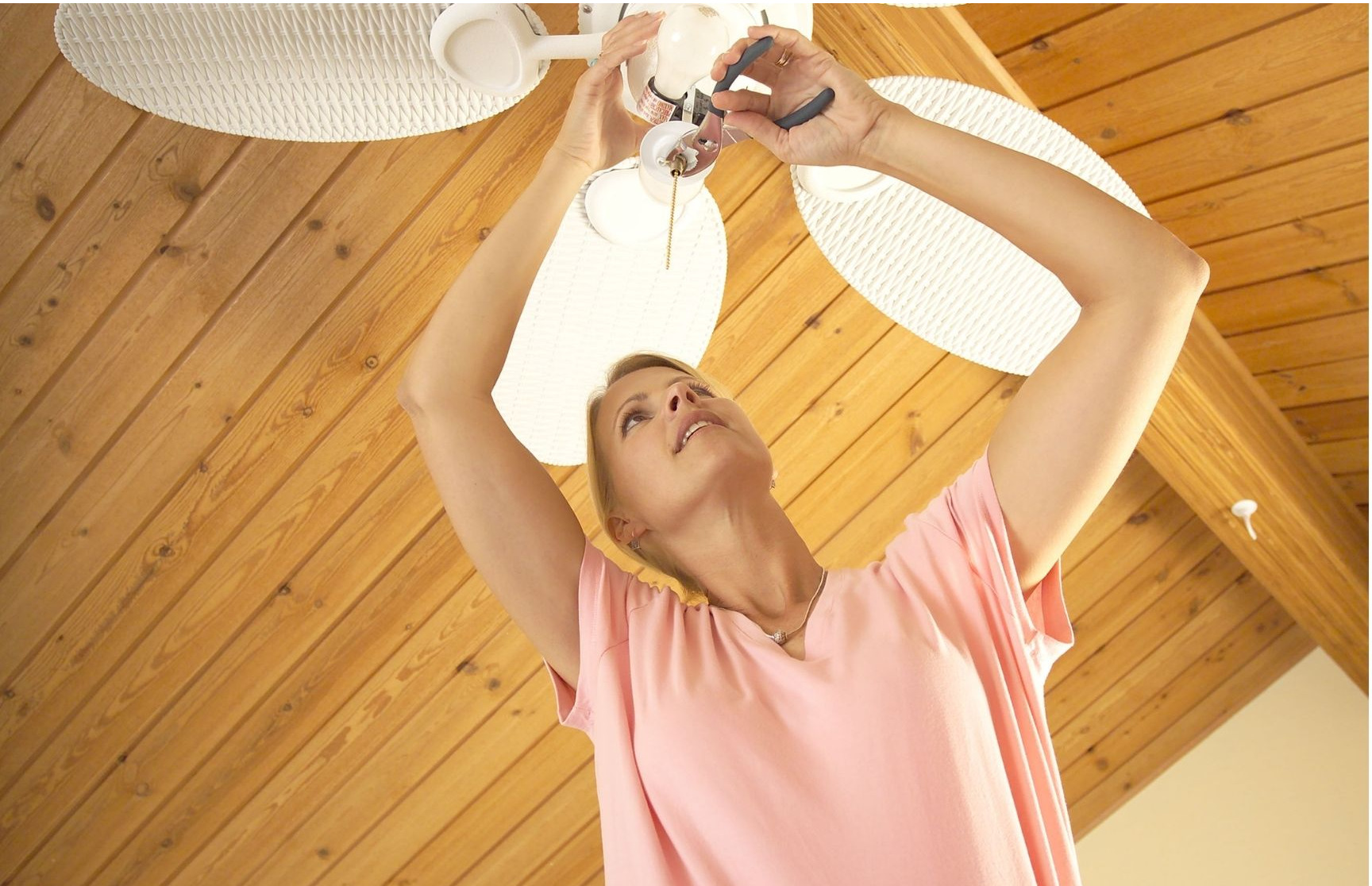
 How to Balance a Ceiling Fan with Coins?
How to Balance a Ceiling Fan with Coins?

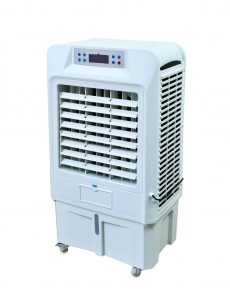
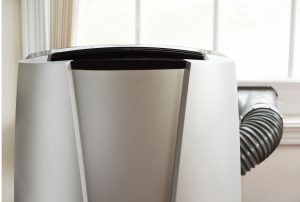 Portable Air Conditioner
Portable Air Conditioner
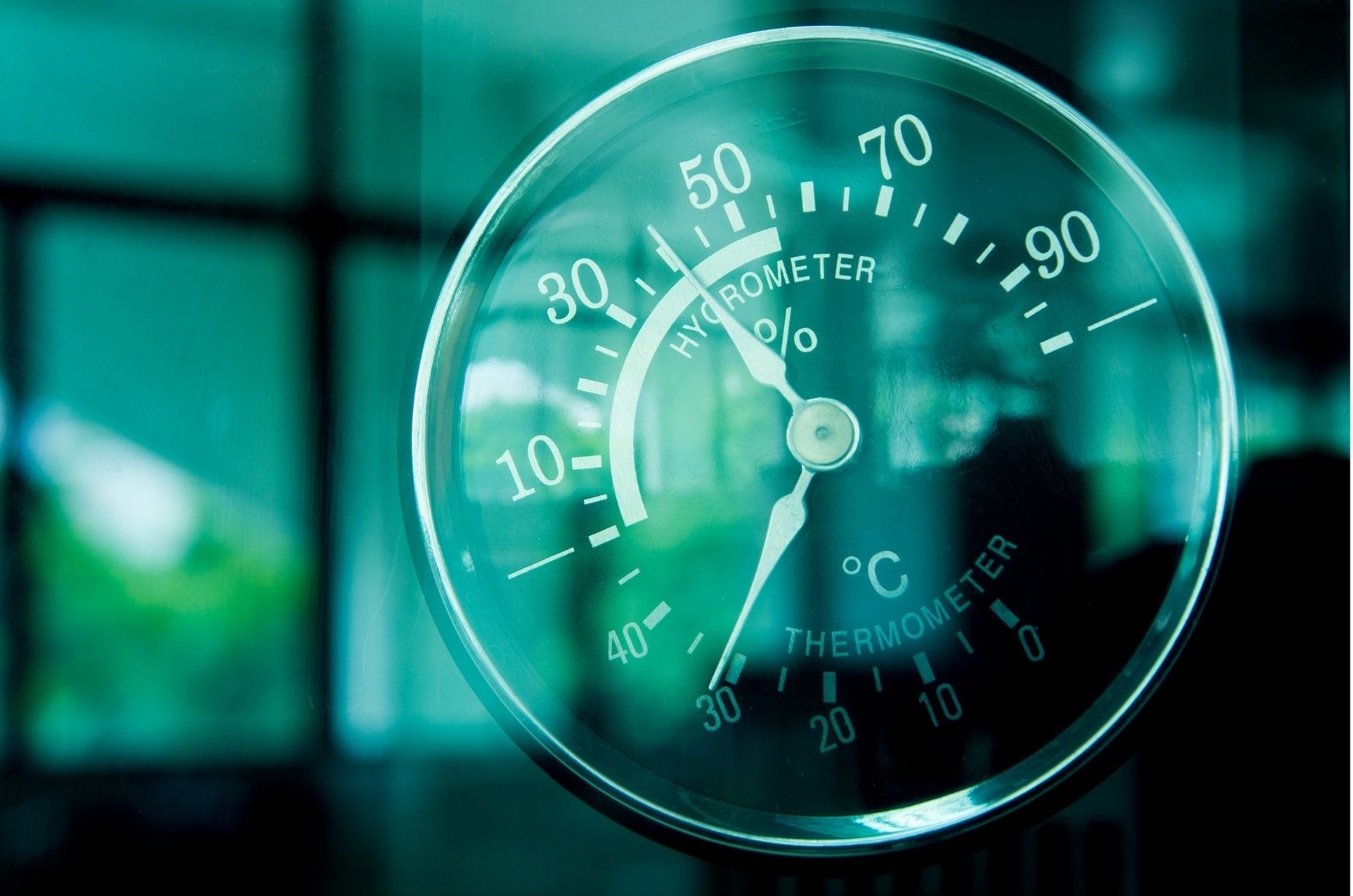 2. Air conditioning
2. Air conditioning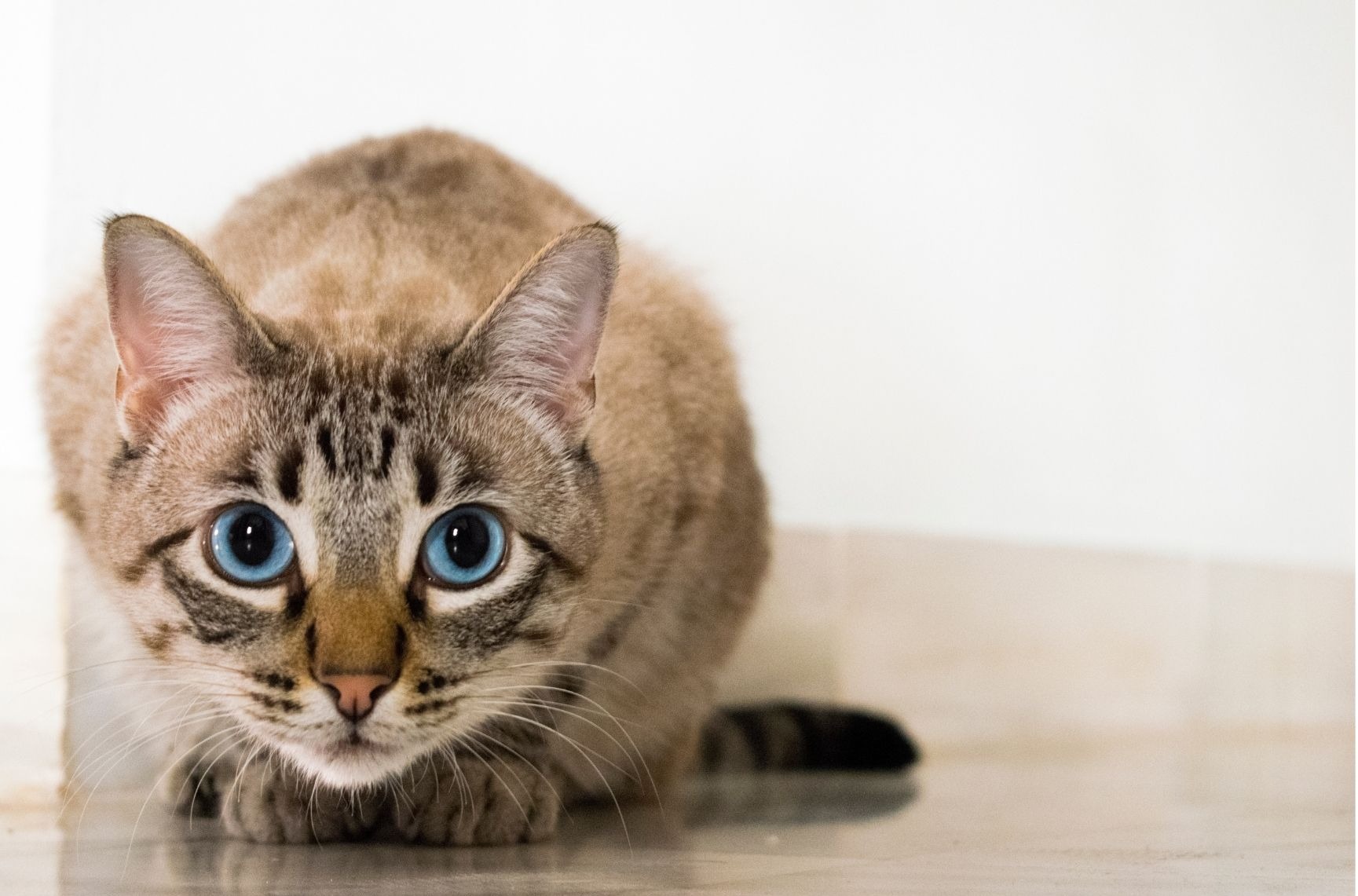 Recap
Recap
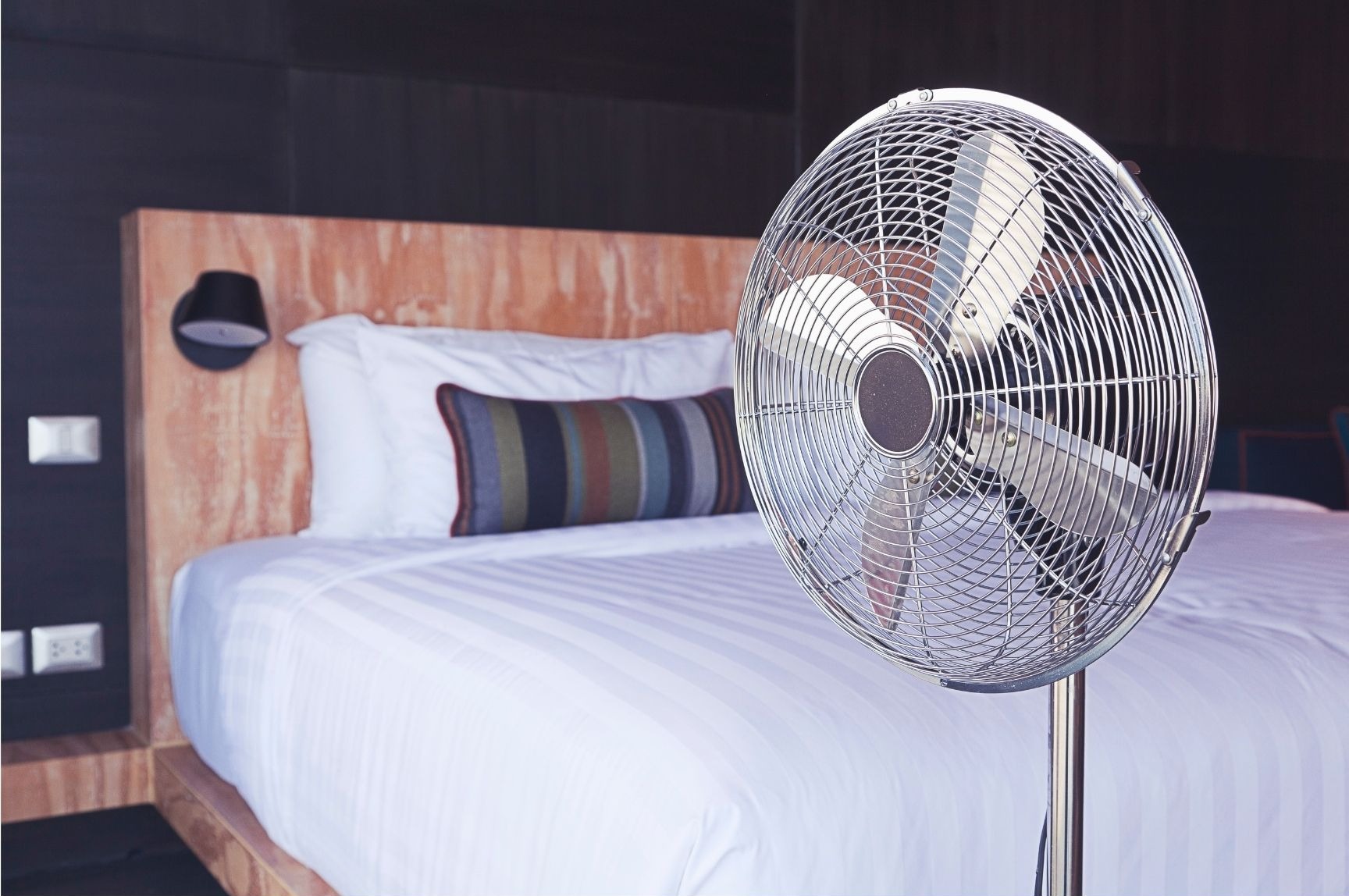 2. Sleeping with a fan for noise
2. Sleeping with a fan for noise Side effects of sleeping with a fan on you
Side effects of sleeping with a fan on you
 Should I run my furnace fan continuously
Should I run my furnace fan continuously Summary
Summary
 1. Increase the electricity bill.
1. Increase the electricity bill.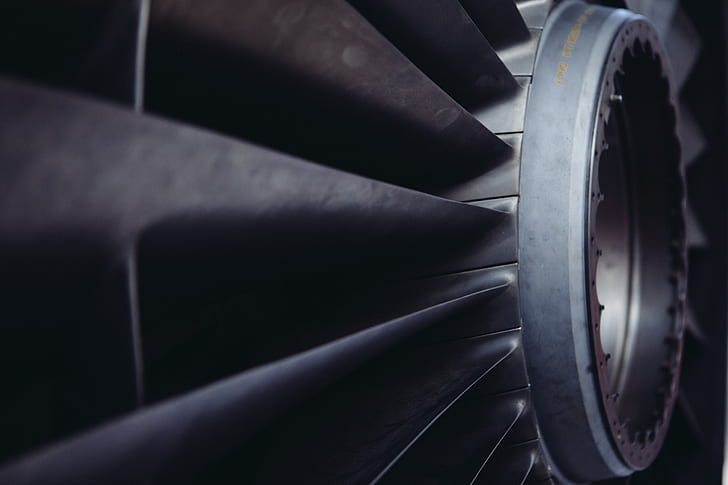





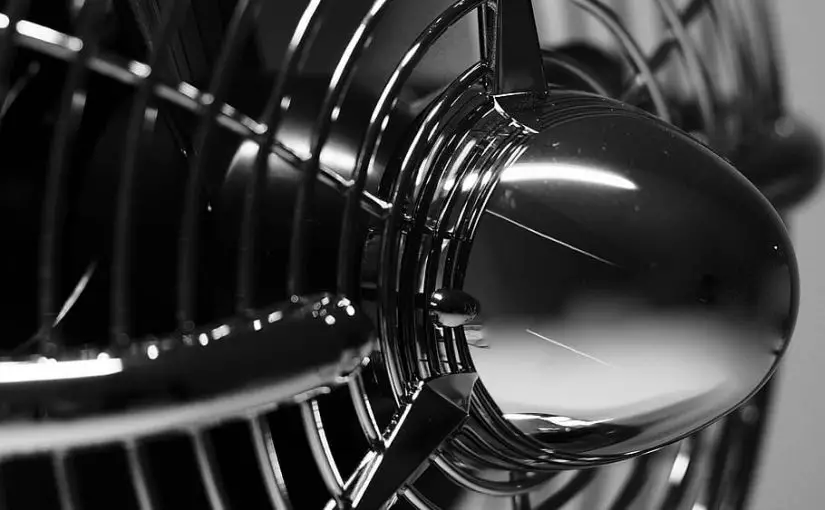
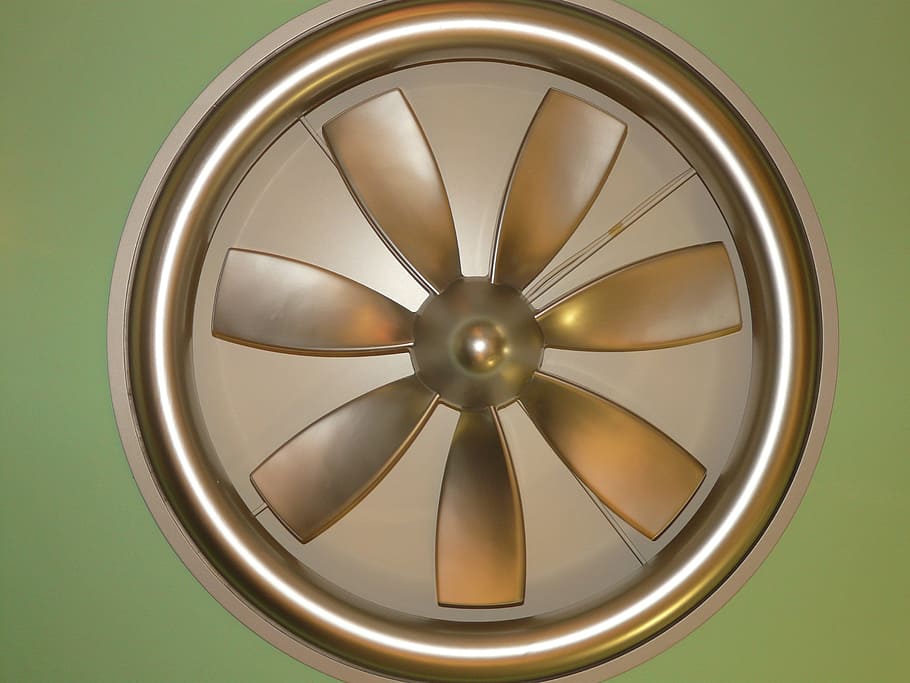 What does ionizer mean on a fan?
What does ionizer mean on a fan?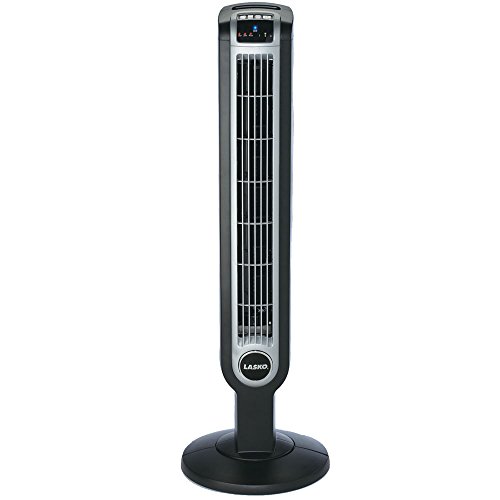

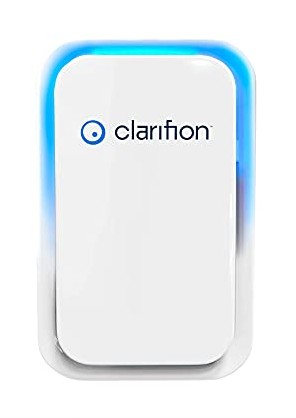

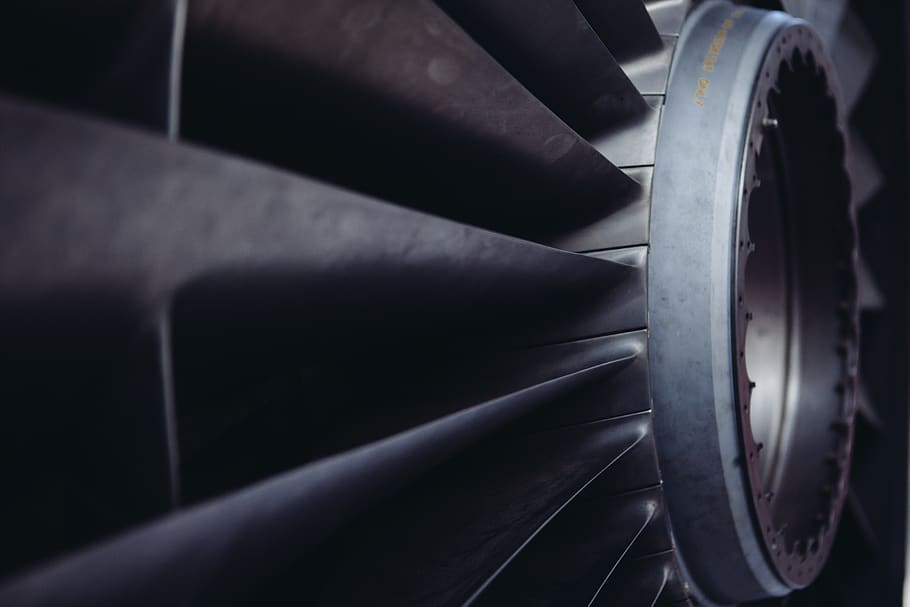 Summary
Summary

